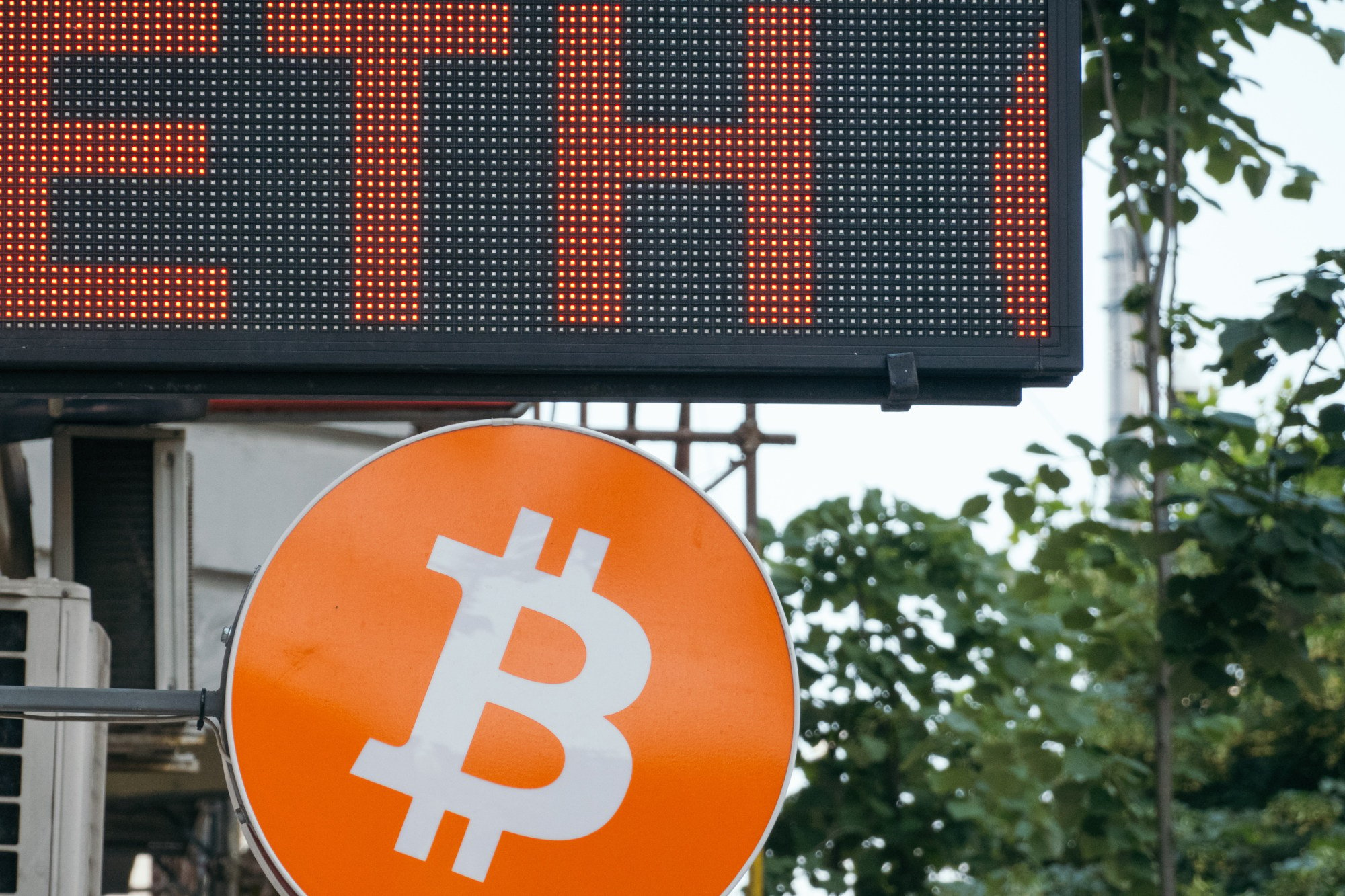
Why central bank digital currencies would mean the end of data privacy
- There are numerous hurdles banks will need to clear before centralised digital currencies become a reality
- The biggest, though, will surely be convincing users to give authorities access to all their transactions, with no option to back out later
One interesting scenario would be the creation of a currency that is “blockchain agnostic”, meaning it can exist on public blockchains such as Ethereum. This would allow it to be traded as a crypto asset that is backed by a central bank.
In the case of a digital Hong Kong dollar, high demand could drive up the price beyond the 1:1 issuance based on the reserves of the Hong Kong Monetary Authority (HKMA). This would create an open market for CBDCs where people could invest and trade based on the fundamentals of each bank. May the best balance sheet win!
Even then, central bank digital currencies would face the same challenges of scalability and throughput that have dogged Ethereum in recent years.

“Performance and scalability are [the] two main challenges for blockchain-based CBDCs,” says the ICT Express paper. It notes that even with improvements in blockchain ledger technology to speed up transactions from 3,000 to 20,000 per second, Visa can process 76,000 transactions per second.
An additional challenge is that a central bank digital currency would need to function like cash, allowing for exchanges even if both parties are offline. The most obvious solution would be hardware wallets – devices that store crypto keys offline – but how could these be distributed to poor and rural populations? After all, the whole point of central bank currencies is they are available to everyone.
If the banks can surmount these problems, the most likely scenario is that CBDCs are issued alongside normal cash, and would exist on a blockchain only accessible to residents of that country. If this system comes into play, it would not only require some kind of digital identity, but would also give the centralised authority access to every single transaction enacted on the blockchain.
Concerns about privacy are not unfounded. Given that CBDCs would use the aspects of blockchain technology that are immutable and verifiable, the question of who gets access to that information is crucial.
The HKMA is proposing a tiered system where small transactions remain private, and very large transactions are subject to oversight, which is not dissimilar to the current system. However, unlike cash, once you sign on to a permissioned government blockchain, you can’t rescind.
Don’t worry, say the CBDC architects, we will respect users’ privacy and abide by the rules. But what if a new government comes into power?
The e-CNY is not just another cryptocurrency. Here’s why
The privacy issue is one that should worry us the most. Historically, when governments have been given power over their people, they have ended up using it. Remember the illegal nationwide spying operation undertaken in the US by the National Security Agency in the 2000s?
To have a shot at success, central bank digital currencies would need to trade across borders on decentralised, permissionless blockchains. This situation could be a win for issuing banks and the market. However, the current permissioned designs offer few incentives for citizens to give up their privacy, and if a government still wants to install them, coercion will be their only option.

